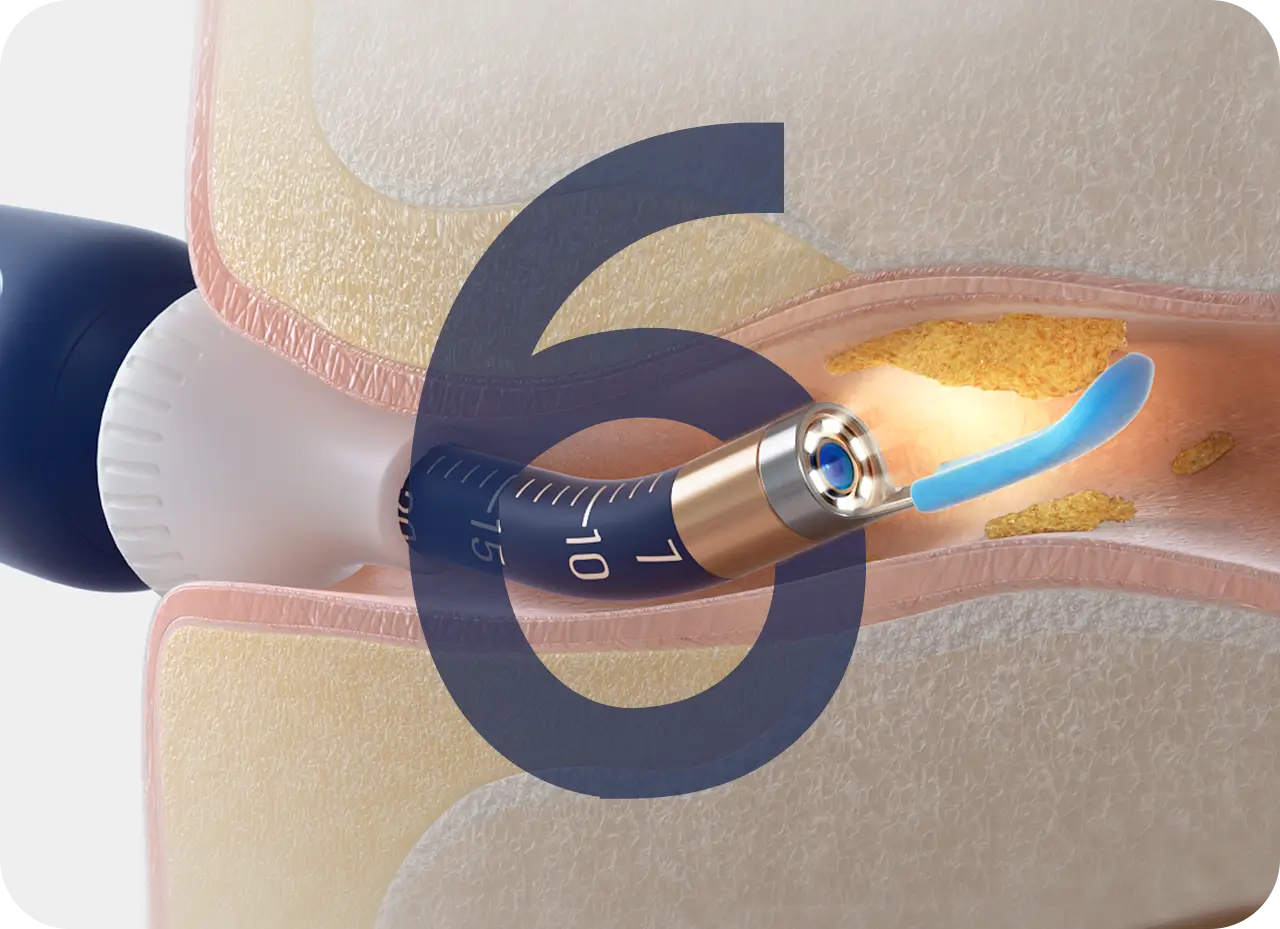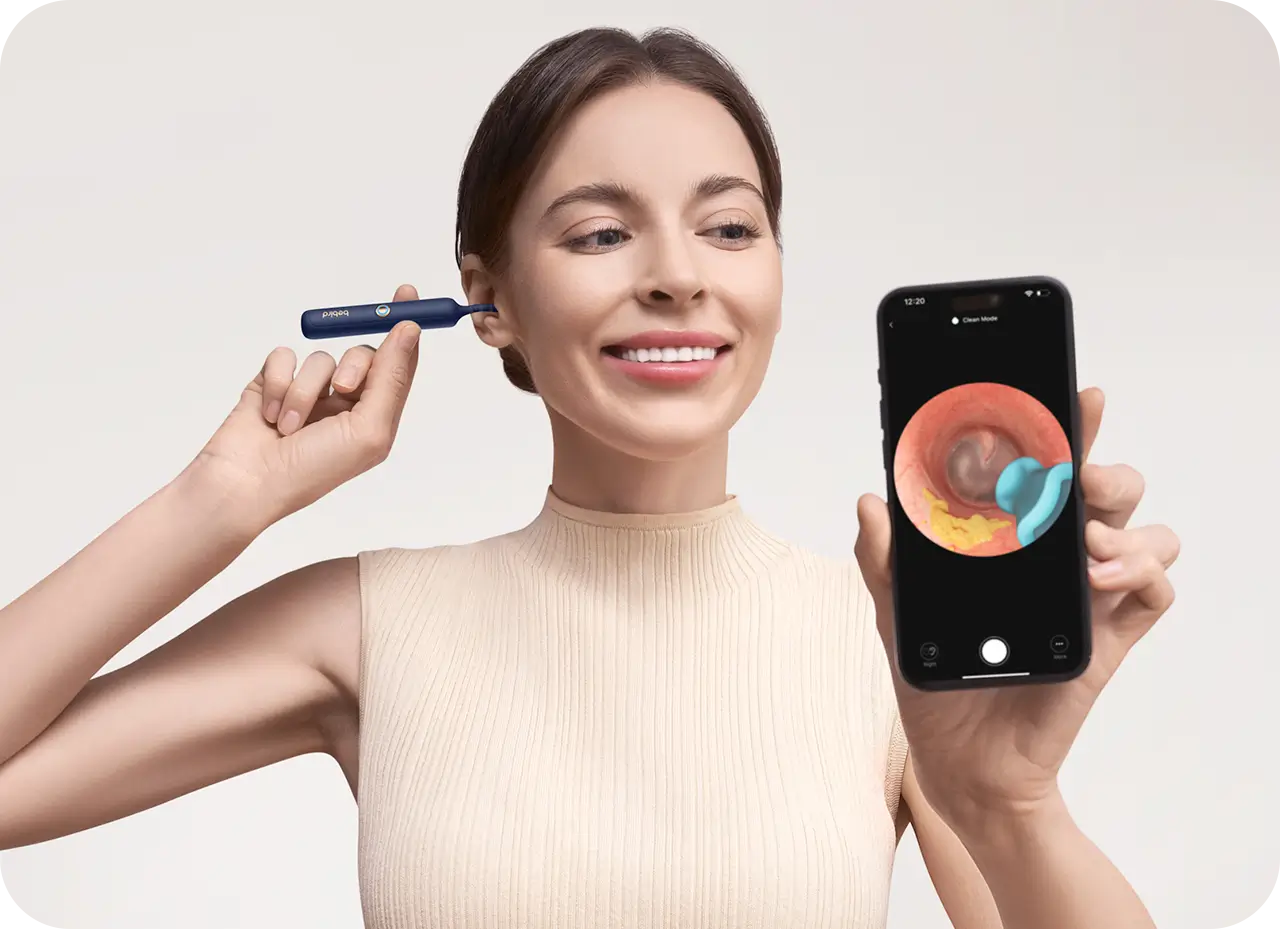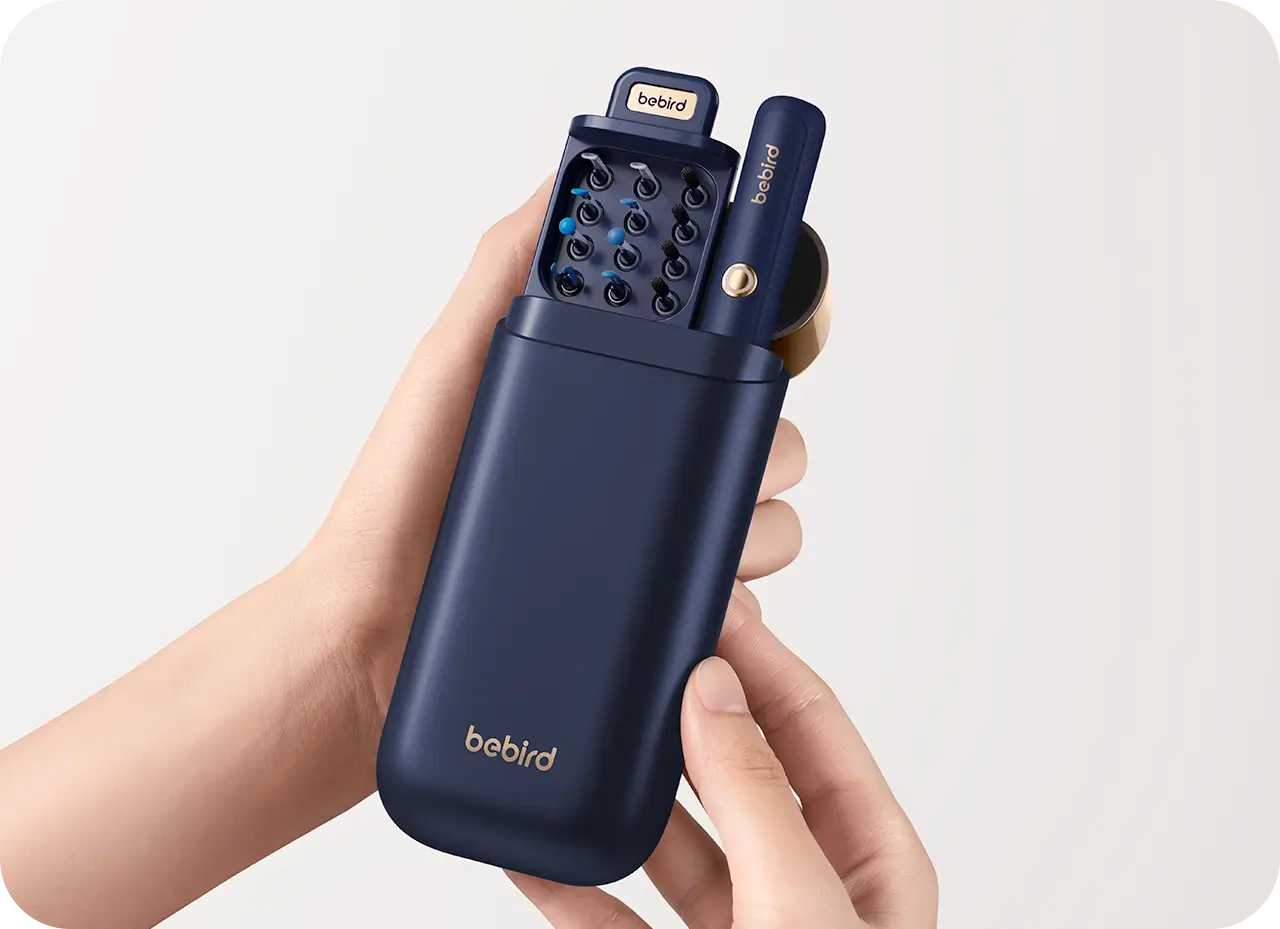We all have earwax—it’s a normal part of ear health. But sometimes, it can build up too much and cause discomfort or even affect your hearing. You might be wondering, "How do I know when it’s time to remove earwax?" or "What’s the safest way to do it?" If that sounds like you, you’re in the right place! In this article, we’re going to walk you through the five most important things you need to know about earwax removal, so you can keep your ears clean and healthy without any hassle.
How Do I Know I Need Ear Wax Removal?
Not sure if it’s time to clean your ears? There are a few common signs that could indicate you need earwax removal. While some earwax is perfectly normal, when it builds up too much, it can lead to discomfort or even hearing issues. Here are some signs to watch out for:
-
Muffled Hearing: If sounds feel softer or distant than usual, earwax might block the ear canal.
-
Feeling of Fullness or Plugged Ear: A sensation like something is stuck in your ear can be a sign of excessive wax buildup.
-
Itching or Irritation: Itchy ears can sometimes be caused by too much earwax.
-
Ear Pain: If you’re experiencing mild pain or discomfort, it could be due to earwax pushing against the ear canal.
-
Ringing in the Ear (Tinnitus): Sometimes, a blocked ear can lead to ringing or buzzing sounds in the ear.
If you’re noticing any of these, it might be time to consider removing the excess wax.
6 Things You Need to Know About Earwax Removal
When it comes to earwax removal, there are a few important things to understand to keep your ears healthy. Here’s what you need to know:
-
Earwax Plays a Protective Role
Earwax is actually your ear’s natural defense mechanism. It traps dust, dirt, and bacteria before they can get into the delicate inner parts of your ear. It also helps to prevent infections by keeping the ear canal moisturized. This means earwax buildup isn’t necessarily a bad thing—it’s just when it accumulates too much that it starts causing problems. The key is to maintain a balance: some earwax is good for protection, but too much can block your hearing.
-
There Are Safe Ways to Remove It
If you notice your earwax buildup causing discomfort or affecting your hearing, there are safe ways to address it. Over-the-counter ear drops are designed to soften the wax, making it easier to remove naturally. If you prefer a manual method, ear irrigation kits can be a good option. They use warm water to gently flush out the earwax. Just be sure to follow instructions carefully to avoid damaging your ear canal. Professional ear cleaning performed by a doctor or audiologist is another safe option if home methods don’t work.
-
Regular Ear Care Is Important
Keeping your ears clean is important, but it’s equally crucial not to overdo it. Regular care helps prevent the buildup of wax, but you don’t need to clean your ears daily. Just be mindful of any signs of excess wax, like discomfort or muffled hearing, and clean gently when needed. Maintaining a good balance can help keep your ears healthy without the risk of damaging the delicate ear canal or pushing wax further in.
-
Don’t Use Cotton Swabs Inside Your Ear Canal
While cotton swabs are commonly used to clean ears, they can actually do more harm than good. When you insert a swab into the ear canal, it can push the earwax deeper, compacting it and making it harder to remove. It can also cause injury to the delicate skin of the ear canal or even rupture the eardrum. Instead, opt for gentle solutions like ear drops or consult a professional if you're unsure about how to clean your ears.
-
Excessive Wax Can Lead to Problems
Though earwax serves an important function, too much buildup can cause a range of problems. If you have an excessive amount of wax, it can block the ear canal, leading to muffled hearing, earaches, or even a feeling of fullness in the ear. In some cases, it may even lead to an infection if moisture is trapped in the ear canal. If you're experiencing any of these symptoms, it’s a good idea to take action to remove the wax safely before it causes more serious issues.
-
Sometimes You Need a Professional
If home remedies aren’t working or you have persistent symptoms, it’s time to see a doctor. A healthcare professional can assess the situation and safely remove the earwax using specialized tools. This is particularly important if you have a history of ear problems or if you're unsure about the cause of your discomfort. Seeking professional help can prevent damage to the ear and ensure that your hearing isn’t affected.
What to Do After Getting Ear Wax Removed?
Once your earwax is out, it's important to take care of your ears to avoid any issues down the road. First, keep your ears dry for a few days. Avoid getting water in them when showering or swimming, as moisture can lead to irritation or even infections. If you’re worried about water getting in, you can use earplugs or a cotton ball for extra protection.
Also, don’t stick anything back into your ear, like cotton swabs or other objects. Your ear canal is sensitive after cleaning, and inserting things could push wax back in or cause irritation. Just give your ears a break and let them heal naturally.
What Is the Best Thing to Remove Ear Wax With?
When it comes to cleaning your ears, you’ll want something that’s both safe and effective. There are plenty of ear wax removal tools out there, but not all of them are created equal. While cotton swabs might seem like an easy option, they can actually push the wax deeper into your ear canal, causing more problems. So, what’s the best choice?
A great option to consider is an professional ear cleaning like Bebird. This smart ear cleaner uses a high-definition camera, allowing you to see exactly what you’re doing as you gently remove the wax. It’s designed to be safe and precise, so you can avoid the risks associated with traditional methods and clean your ears more effectively. If you want a tool that combines convenience, safety, and visibility, Bebird is definitely worth checking out.
Conclusion
Earwax removal doesn’t have to be complicated, but it’s important to do it safely. Whether you use ear drops, an ear cleaning camera like Bebird, or seek professional help, make sure to choose methods that protect your ear health. Taking care of your ears the right way will keep them clean and comfortable for the long run.
Related: The Top 10 Personal Hygiene Habits: Your Daily Hygiene Checklist









1 comment
Paul T.
I’ve “yearned for” an ear camera most of my adult life. Imagine my delight when I saw the Bebird at a box store pharmacy. My challenge is as follows. With no tip attached, or just the silicone sleeve, I can get the camera in far enough to reach & focus on impacted wax, in both ears. However, when adding just that little 1/2 inch long tip, any of them, it seems to make the camera a little too far away to visually focus on the wax “rock” in each ear It seems almost impossible. I mess around for about 1/2 hour in each ear and finally give up. However I have satisfied my lifelong hope of at least being able to see what’s going on in my ears. Funny how we go our whole lives and never really “connect” our sense of sight, with our sense of sound. We don’t “hear” what we see, nor do we see what we hear. There’s always been this mystical wall between the two. But the Bebird scop FINALLY lets us see what is blocking our hearing! Now, I think I just have to focus on drops and products designed to loosen or flush the wax out, and then can at least use the Bebird to verify my progress. p.s. On one occasion a mean nurse at my doctor’s office completely shamed me for having impacted wax and she inappropriately jerked my head sideways and used what she called an “elephant ear” type bulb syringe to squeeze water with her death grip into my ears like a water cannon, what seemed like 100 times, and when I said “ow!” she just said “see, this is what you get when you don’t take care of your ears.” On the other hand on a different occasion and nurse, the gentleman was so kind and gentle and made jokes to put me at ease, like “We tell patients don’t stick anything smaller than your elbow in your ear.” Nonetheless I am SO apprehensive now, at the doctor’s office. What’s more, I can’t tell you how many actual doctors have stuck their scope in my ear and just, apparently ignored what I now know is in there. It’s like, did I open a box of cracker jacks and get a toy doctor as a prize? At any rate, thank you for Bebird. At least “I’m on it!” and will not stop until a solution is found, and verified by the Bebird. In the meantime, if anyone has any suggestions, I’m all EARS, even if fully impacted by wax Thank you. Paul.
Leave a comment
All comments are moderated before being published.
This site is protected by hCaptcha and the hCaptcha Privacy Policy and Terms of Service apply.